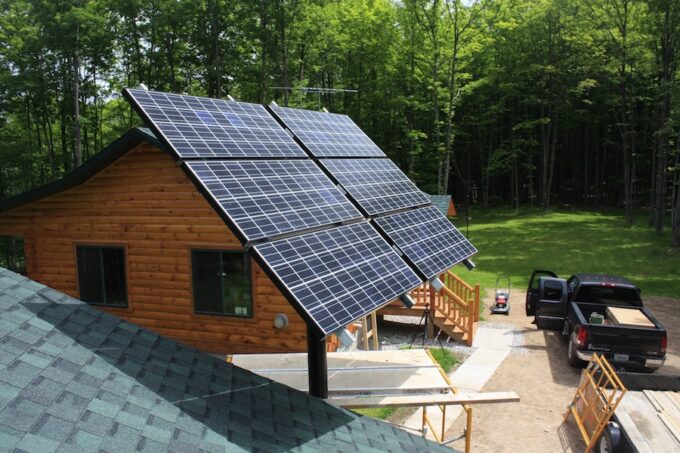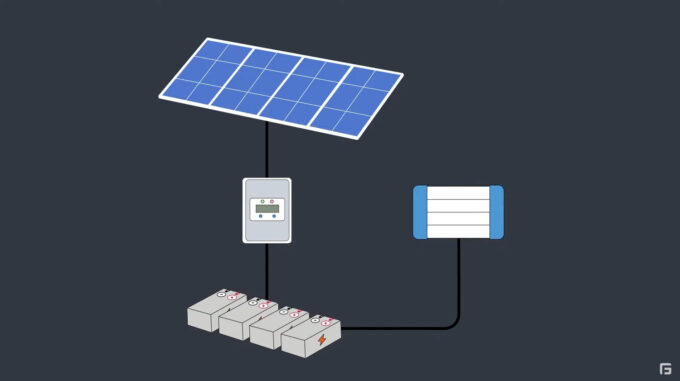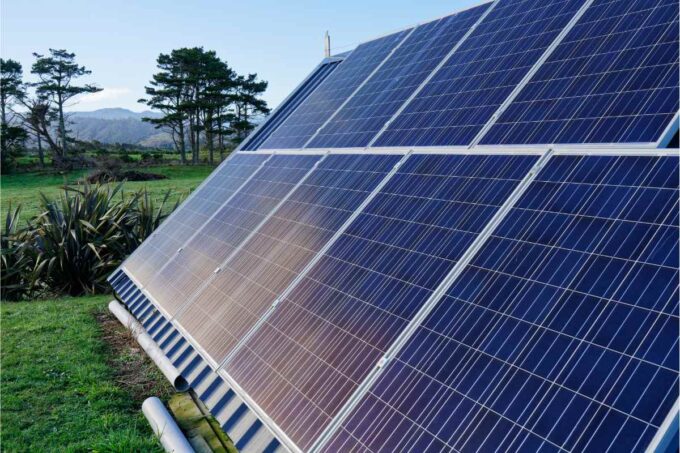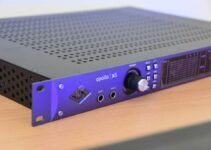Off-grid solar panel systems are standalone power systems that operate independently of the traditional utility grid. These systems harness solar energy through photovoltaic panels, convert it into electricity, and store it in batteries for use when needed.
The benefits of going off-grid include energy independence, reduced electricity bills, and minimal environmental impact. Knowing how these is crucial for anyone considering this option, as it allows for informed decision-making regarding installation, maintenance, and system sizing.
Showing the Ropes

Source: roofingcalc.com
Going off-grid means completely disconnecting from the public utility grid, relying solely on self-generated power. This is different from grid-tied systems, which remain connected to the grid and can draw power from it when necessary. Off-grid solar panel system consist of several key components working together to generate, store, and provide electricity.
Key Components
Now let us address the key components.
Solar Panels
Solar panels are the heart of an off-grid solar panel system, capturing sunlight and converting it into direct current (DC) electricity. Proper placement is essential to maximize exposure to sunlight. There are different types of solar panels, including monocrystalline and polycrystalline, each with its own efficiency and cost considerations.
Solar Charge Controller
The solar charge controller regulates the power flow from the solar panels to the batteries, ensuring that the batteries are charged efficiently without being overcharged, which can damage them. It plays a crucial role in maintaining the health and longevity of the battery bank.
Batteries
Batteries store the electricity generated by the solar panels for later use. The type and capacity of batteries are important factors to consider, as they determine how much energy can be stored and for how long. Common types include lead-acid and lithium-ion batteries.
Inverter
The inverter converts the DC electricity stored in the batteries into alternating current (AC) electricity, which is what most household appliances use. This component is vital for making the electricity generated by the off-grid solar panel system compatible with home appliances.
How Off-Grid Solar Systems Work

Off-grid solar panel systems work through a step-by-step process that begins with the collection of sunlight. Solar panels absorb sunlight and convert it into DC electricity.
When power is needed, the inverter converts the stored DC electricity into AC electricity, making it compatible with household appliances.
The process is continuous, ensuring a steady supply of electricity as long as there is sunlight to collect and batteries to store the energy. This can be compared to a water collection system, where water is collected, stored, and then used as needed.
Sizing an Off-Grid Solar System

Source: roofgnome.com
Properly sizing an off-grid solar panel system is essential for meeting your energy needs. This involves calculating your total energy consumption to determine the number of solar panels required. Battery capacity must also be considered to ensure adequate storage of generated energy.
The location and availability of sunlight are critical factors, as they affect the efficiency and output of the solar panels. By accurately assessing these variables, you can design a system that provides reliable power throughout the year, even during periods of low sunlight. This ensures energy independence and optimal performance of your off-grid solar panel system.
Summary
In conclusion, off-grid solar panel systems provide a sustainable and independent energy solution, offering numerous benefits such as reduced electricity costs and environmental impact.



